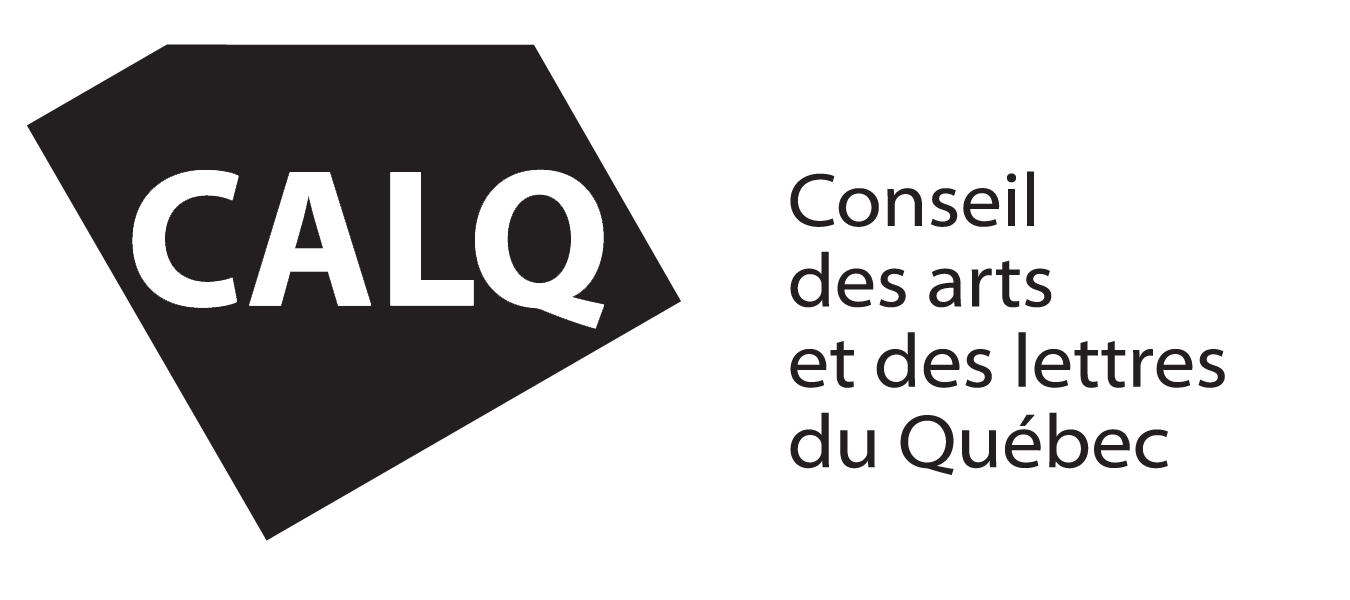
Credit
Annette Vande Gorne
After her classical studies at the Royal Conservatories of Mons and Brussels and with Jean Absil, Annette Vande Gorne discovered acousmatics during a course in France. Convinced of the revolutionary nature of this art form, she went on to study musicology (ULB, Brussels) and electroacoustic composition with Guy Reibel and Pierre Schaeffer (CNSM, Paris).
She founded and ran Musiques & Recherches and the Métamorphoses d’Orphée studio (Ohain, 1982), as well as a series of concerts and an acousmatic festival called “L’Espace du son” (Brussels, 1984, annual since 1994) thanks to the creation of an “Influx” acousmonium with 80 loudspeakers. She initiated the musical aesthetics review “Lien”, a thematic publication which was, for example, the first in 1988 to take an interest in the space of sound, under the direction of Francis Dhomont. It also founded the “Métamorphoses” acousmatic composition competition and the only spatialised performance competition, “Espace du Son”, and gradually built up the only documentation centre for electroacoustic music. Since 1980, she has spatialized over 600 concerts on acousmonium: her own works and those of other composers.
Professor of acousmatic composition at the Conservatoire Royal de Liège (1986), then Brussels (87) and Mons (93, honorary since 2011 and 2016 for the course in spatialized performance), she founded an independent electroacoustic music section there in 2002, which now has a team of 14 specialist teachers, for a master’s degree (5 years) or doctorate (8 years) in acousmatic composition. Awarded the SABAM prize in 1985 and 1995 for her body of work. Thomas seelig prize from DEGEM for “cathedrales” from the “vox alia” cycle. Founding member of FeBeME (Belgian federation of electroacoustic music). Her works can be heard at all the festivals that make room for music composed on a medium. Nature and the physical world are models for an abstract and expressive musical language.
The writing of space, considered as the fifth musical parameter in relation to the other four and the archetypes used, is an area of research she is passionate about. The relationship between words, meaning and vocal material is the other subject of her research. Her work is essentially acousmatic, such as the Tao suite or “Ce qu’a vu le vent d’Est” and her opera “Yawar fiesta”, two works that renew the link between acousmatic music and the history of Western music, in addition to a few forays into other arts: theatre, dance, sculpture installation and mixed music.






